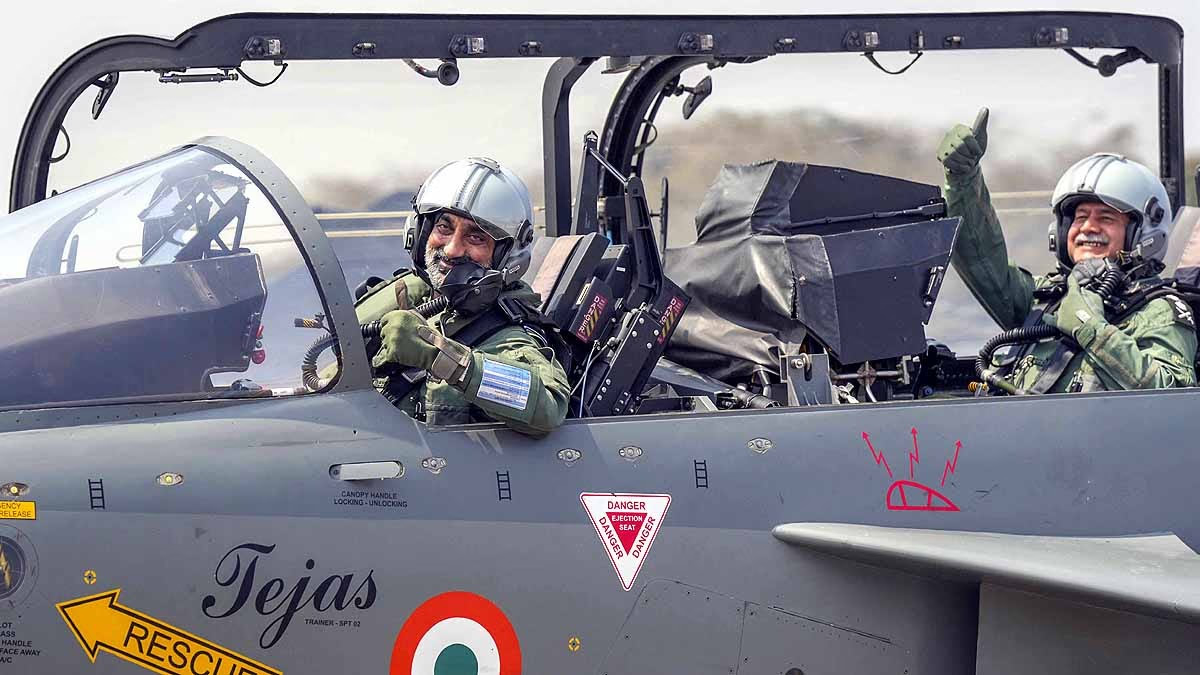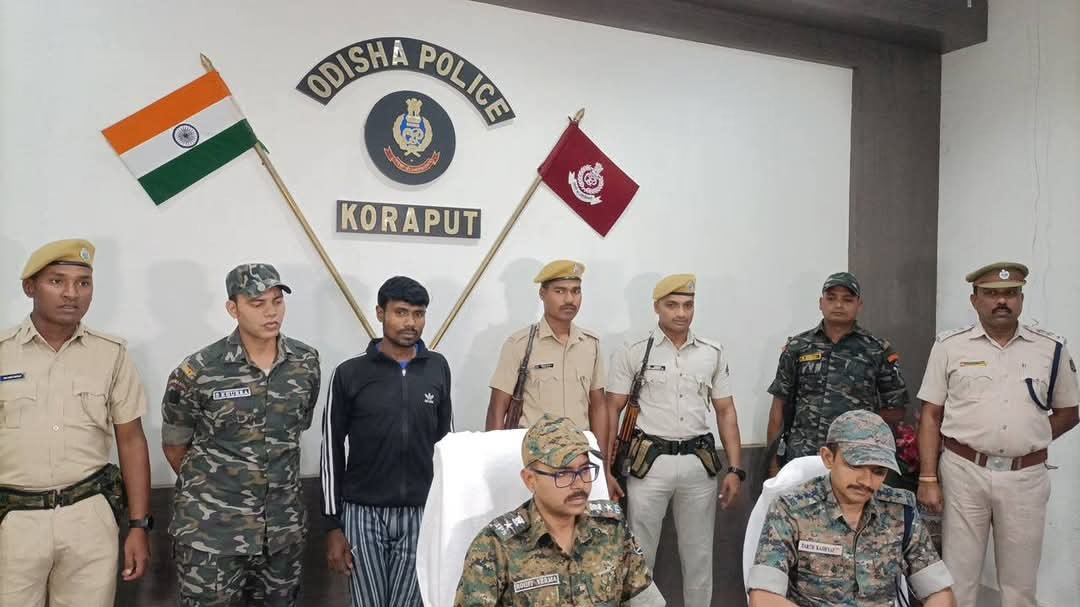The delay in delivering the indigenous Tejas Light Combat Aircraft (LCA) Mk-1A to the Indian Air Force (IAF) has sparked significant concern. Air Chief Marshal Amar Preet Singh has openly expressed his displeasure with Hindustan Aeronautics Limited (HAL) for this delay, stating that failure to deliver on time is a major issue. Let's delve into the reasons for this delay, the current scenario, and future plans.
The Tejas Mk-1A Delay Issue
The Tejas Mk-1A is an advanced indigenous fighter jet intended to replace older MiG-21, MiG-27, and Jaguar aircraft. In February 2021, the Air Force signed a contract worth 48,000 crore INR with HAL for the delivery of 83 Tejas Mk-1A jets. The first jet was expected by March 31, 2024, but this deadline has been postponed. HAL now promises to commence deliveries by November 2024.
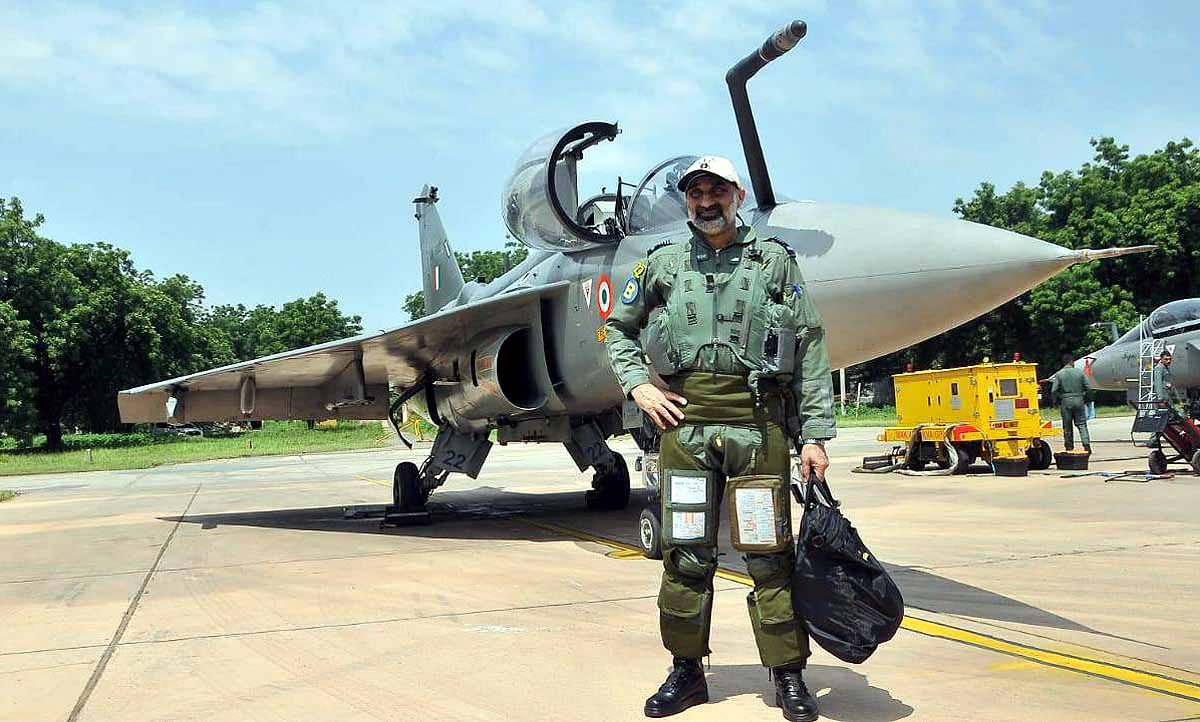
Source: aajtak
On May 29, 2025, the Air Chief mentioned at the CII Business Summit that timelines are a significant issue, urging the industry to make promises it can fulfill. Earlier, at the Aero India Show in February 2025, he voiced his lack of trust in HAL for not working in a mission mode. He emphasized that HAL is our own company, but the 'it will be done' attitude is unsatisfactory.
Reasons for the Delay
Engine Shortage...
The American company GE Aerospace was set to deliver 99 F404-IN20 engines, but supply chain issues and a lack of parts from a South Korean company, exacerbated by the pandemic, caused a two-year delay. The first engine was delivered to HAL in March 2025, with 12 engines expected this year.
Technical Delays...
Certification delays occurred for new systems such as the EL/M-2052 radar, Uttam AESA radar, electronic warfare suite, and software updates. Tests for the Astra missile and radar commenced in January 2025.
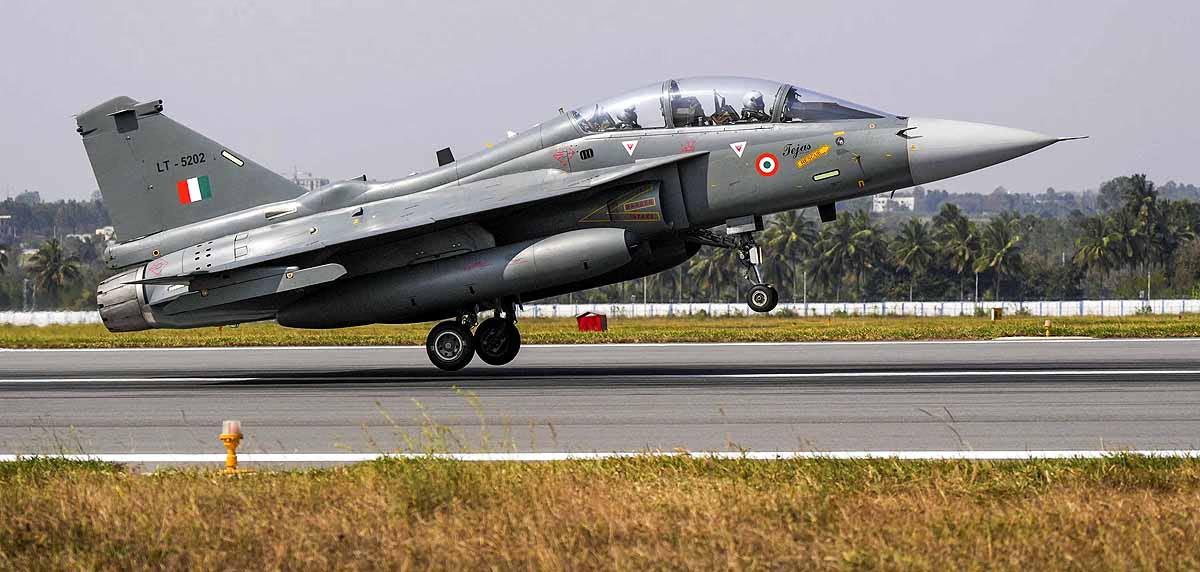
Source: aajtak
Production Challenges...
Production at HAL's Bengaluru and Nasik facilities has been slow, although a new production line at Nasik will enable the annual construction of 16-24 jets.
Air Force Concerns...
The Air Force currently operates 31 squadrons but requires 42. The retirement of older aircraft like the MiG-21, MiG-27, and Jaguar is affecting combat capability, and the delay in Tejas Mk-1A is worsening this shortfall. Given the heightened tensions after the 2025 India-Pakistan border incidents, a robust fleet is more crucial than ever.
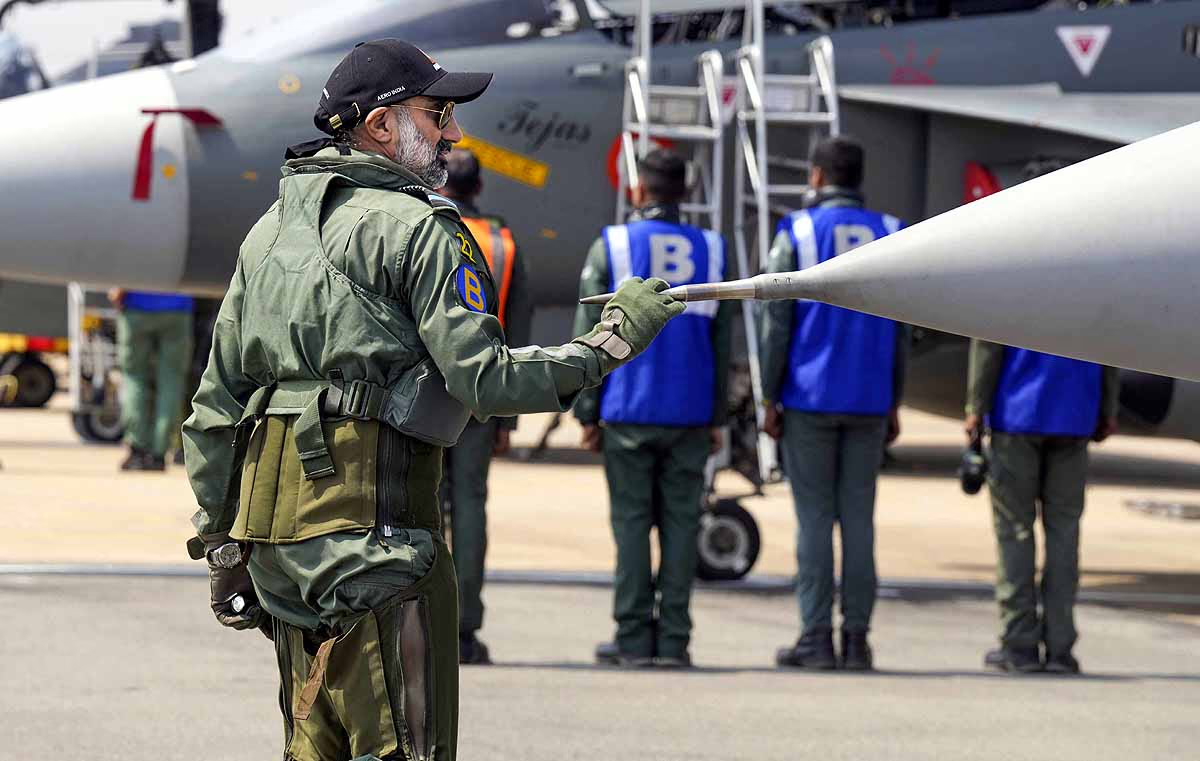
Source: aajtak
HAL's Response and Plans
HAL Chairman D.K. Sunil stated that the technical issues have been resolved, promising accelerated deliveries once the engines arrive. HAL has pledged...
Delivery in 2025: 12 Tejas Mk-1A jets by year's end.
Completion of 83 jets agreement by 2028.
New production lines in Bengaluru and Nasik to produce 24 jets annually.
Collaboration with private companies like Alpha Tocol for fuselage supply.
GE Aerospace's Role
GE Aerospace delivered the first F404-IN20 engine to HAL in March 2025, assuring resolved supply chain issues. Twelve engines are expected in 2025. Prime Minister Narendra Modi discussed the matter during his U.S. visit.
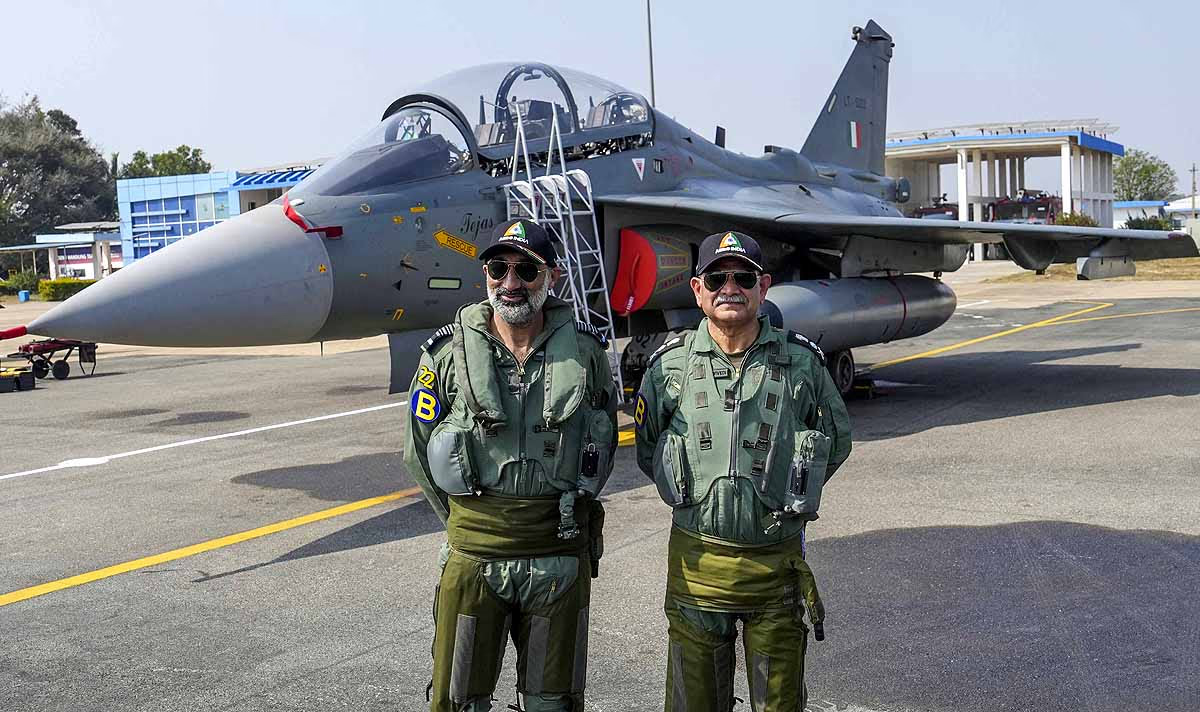
Source: aajtak
Future Plans
97 More Jets: The Air Force plans to order 97 more Mk-1A jets worth 67,000 crore INR, aiming for completion by 2031.
Tejas Mk-2: Will feature a more powerful GE-F414 engine, with initial flight tests planned for late 2025 or early 2026.
AMCA Project: The development of the 5th-generation AMCA jet is also underway, albeit facing potential delays.
Ministry of Defence Initiatives
The Ministry of Defence has set up a five-member committee, headed by Defence Secretary Rajesh Kumar Singh, to reduce delays. The committee has proposed including private companies and increasing production to overcome challenges.
Features of the Tejas Mk-1A
Advanced Technology: Equipped with an Uttam AESA radar, Astra missiles, and electronic warfare systems.
Indigenous Content: Over 70% of the Mk-1A's components are indigenous.
Combat Capability: Capable of air-to-air and air-to-ground strikes.
Challenges and Solutions
Challenges: Engine shortages, certification delays, and HAL's limited production capacity.
Solutions: New production lines, private sector help, and negotiations with GE.
The delay in Tejas Mk-1A has heightened Air Force concerns, but HAL and GE Aerospace are committed to resolving issues, with production anticipated to gain momentum in 2025-26. This project is pivotal for India's self-reliance and enhancing Air Force strength. Ensuring timely deliveries is a responsibility shared by HAL and the government.
